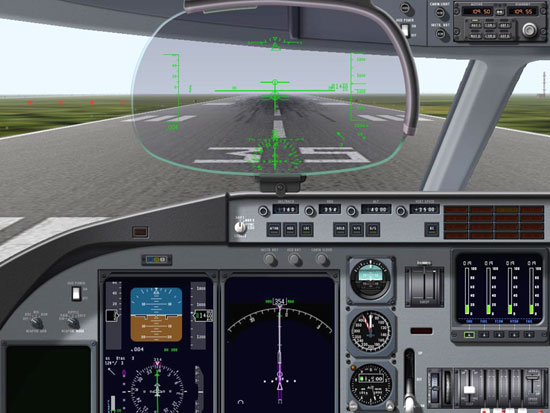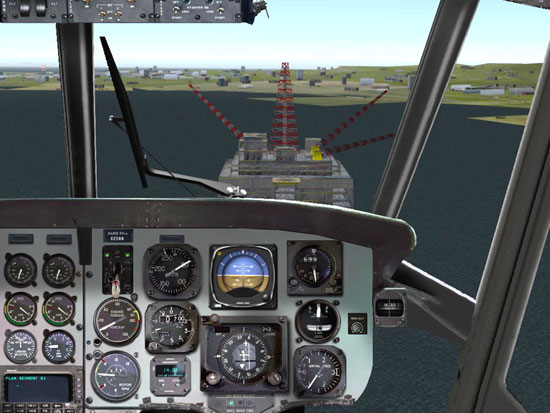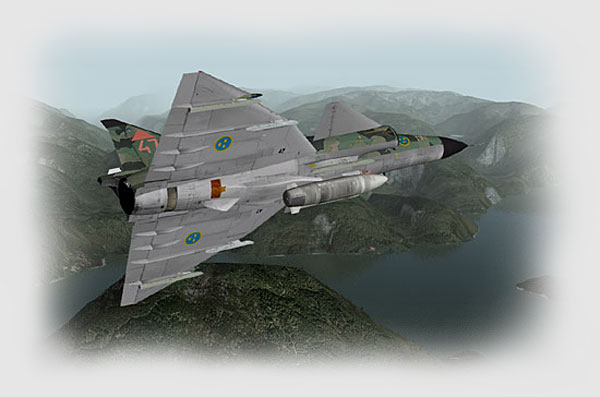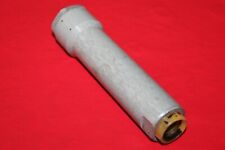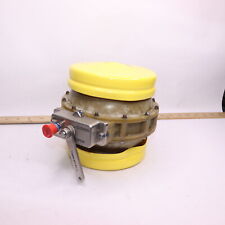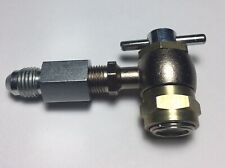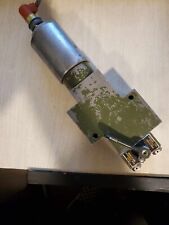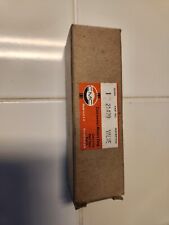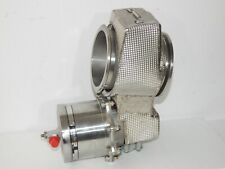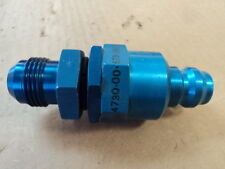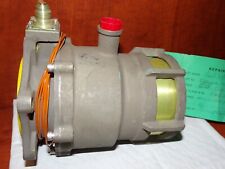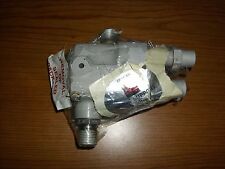Here you can see the results of running up the engines on a wet runway; a fine spray blows back as the props pick up the moisture.
As an example of how useful X-Plane is for training purposes, I set up a short local area IFR training flight in Asheville, NC (KAVL). I’ll depart runway 16, fly out the localizer to the NDB, enter a holding pattern, and then shoot the ILS 34 from the hold.
Taking off from runway 16, I climb out heading direct to Broad River NDB. While climbing to the initial approach altitude I toggle the real-time 3D flight path option on, which graphs my altitude progress as I fly. This would be useful to show students when they have dipped below MDA on a circling approach, or lost or gained altitude during maneuvers such as steep turns or stalls.
I fly out to the NDB, enter the published hold, fly two circuits in the hold, then commence the ILS approach from the hold. The flight director and auto-pilot in X-Plane work flawlessly. The instruments, both EFIS and analog, update very smoothly and rapidly, displaying a fluidity that often MSFS lacks. Reaching the NDB inbound I click off the auto-pilot and hand fly the ILS and am impressed by the realistic feeling of flight X-Plane imparts. A nod has to go out to Mr. Grundke as well since the simulation is only a part of the equation; an accurate flight model is the other half. His B1900D flies perfectly. As a B200 pilot I’m not that far removed from the 1900D, so I’m suitably impressed by the whole package.
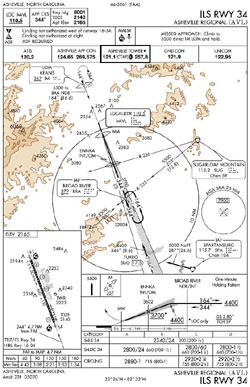 |
 |
 |
About 2 miles from the missed approach point the runway comes into sight and I transition to the visual approach. I cut myself a break when setting up the weather for this approach and didn’t sock the field in as much as I could have.





